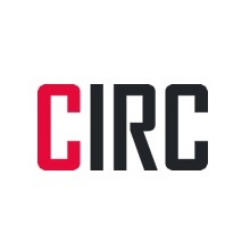


















This work finds its origin in the artistic device of the “picture within a picture”, especially characteristic of Flemish and Dutch genre painting of the sixteenth and seventeenth centuries, where “Merry Companies” frequently connect with biblical or mythological passages in order to attain an interpretation in a moral key. In this context is inscribed Elegant Company, Making Music with Torchlight (1570-1603), attributed to Joos van Winghe: a night scene with music as protagonist, in which the virginal played by a woman is decorated with a subject difficult to identify. A deeper analysis leads through various scenarios, from the biblical desert and the evangelical parable to the fête galante or “court-ship party”. All these elements combine to weave a dense network of thought ultimately aimed at denouncing worldly pleasures and exhorting a vigilant attitude in view of the Last Judgment.